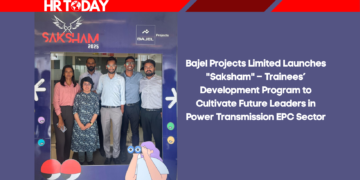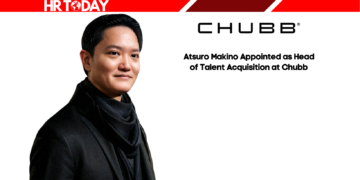The conversation around Artificial Intelligence (AI) and its impact on the workforce is far from new, but it remains as pressing as ever. History has shown us that previous industrial revolutions brought about significant disruptions, yet humanity adapted and thrived. However, the advent of AI, a technology that is not only all-encompassing but evolving at an unprecedented pace, raises questions that demand immediate attention. What will the jobs of the AI era look like? More critically, how will the workforce transform to meet the demands of this new age?
The Skills Gap and the AI Era
In a world increasingly dominated by language, precision, data, and predictability, the role of human labor is rapidly evolving. The average skill level of today’s knowledge worker often falls short when compared to the demands of AI-enhanced workplaces. The challenge lies in elevating a vast portion of the workforce to become proficient in AI-driven knowledge domains. Training an AI model, for instance, requires expertise that goes beyond conventional skill sets. It demands domain-specific knowledge, creativity, and the courage to experiment—qualities not yet widespread.
Yet, the solution isn’t merely to resist the AI tide but to embrace it. As the technology establishes itself as a cornerstone of business operations, companies and individuals must invest time, energy, and resources to harness its potential. Success, as the case of Klarna demonstrates, is possible but requires a deliberate and strategic approach.

The Klarna Example: AI in Action
Klarna, a Swedish fintech giant, offers a compelling case study of AI’s transformative potential. Under the leadership of CEO Sebastian Siemiatkowski, Klarna introduced an AI assistant powered by ChatGPT, which has already made a measurable impact. In just four weeks, this AI agent handled 2.3 million customer conversations, accounting for two-thirds of Klarna’s customer service interactions during that period.
The results are staggering:
- 25% reduction in repeat inquiries, signaling increased customer satisfaction.
- Average customer service response times reduced from 11 minutes to 2 minutes.
- The ability to communicate in over 35 languages, improving engagement with local immigrant and expat communities.
- Cost savings equivalent to the work of 700 full-time human agents.
These achievements highlight AI’s ability to not only perform routine tasks but to enhance communication and efficiency in ways previously unimaginable.
Siemiatkowski’s insights into training the AI assistant are especially noteworthy. He likened the process to onboarding a human employee, emphasizing the importance of specificity and granularity in preparing the AI to meet organizational needs. This human-centric approach to AI implementation underscores the necessity of strategic foresight in leveraging AI effectively.

The Human Resource Meltdown: A Call to Action
Despite its benefits, the rise of AI poses a significant challenge to traditional human resource structures. Companies risk a potential “human resource meltdown” if they fail to anticipate and adapt to these changes. Strategies to mitigate this include:
- Upskilling the Workforce: Organizations must prioritize training programs that equip employees with AI-related skills, fostering collaboration between humans and machines.
- Redefining Roles: Job roles need to evolve to focus on uniquely human capabilities such as creativity, empathy, and strategic thinking, leaving routine tasks to AI.
- Ethical AI Governance: Establishing frameworks to ensure AI is deployed responsibly and inclusively, minimizing job displacement where possible.
- Fostering Innovation: Encouraging employees to experiment with AI use cases that can drive business growth and enhance personal development.
The Road Ahead
AI is no longer a distant possibility but a present reality, reshaping industries and redefining the nature of work. The journey ahead will require imagination, resilience, and an unwavering commitment to adapt. While AI might seem like a threat to human labor, it is also a powerful tool for innovation and progress. By embracing this duality, businesses and individuals can thrive in a future where humans and AI coexist harmoniously.
Read Also : Entering 2025, TA Leaders’ Success Built on More than Just Hiring, Says The Josh Bersin Company
People Analytics Teams Still Struggle to Deliver Business Impact, Warns The Josh Bersin Company
ESG and Women’s Leadership: Driving Sustainability and Inclusion
Learning and Development Trends for 2025: Shaping the Future of Workplace Learning











